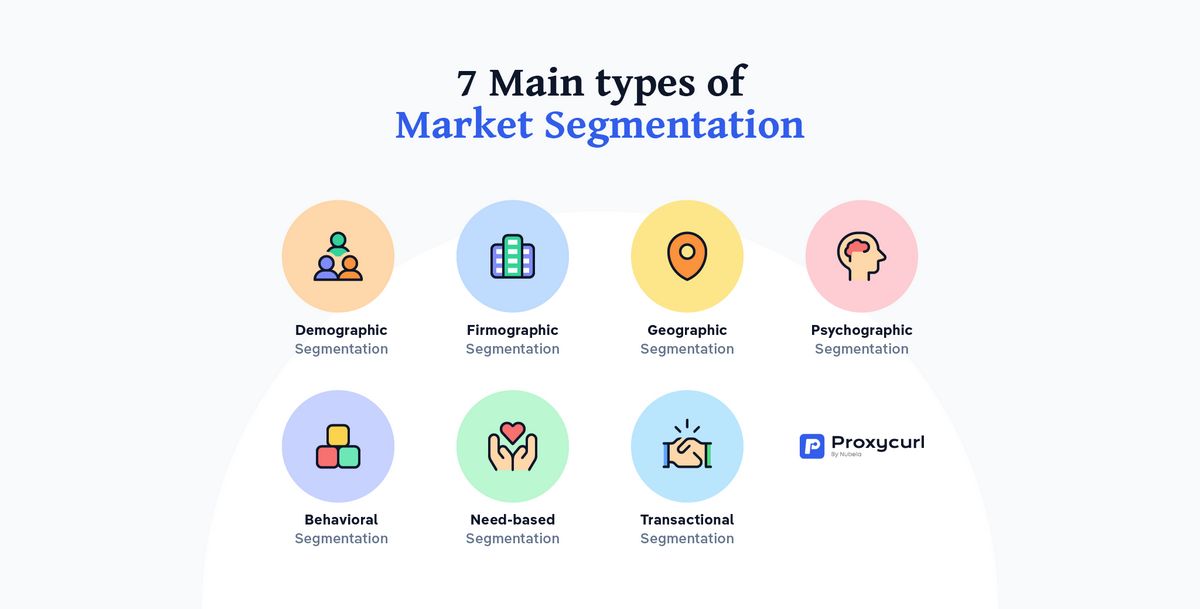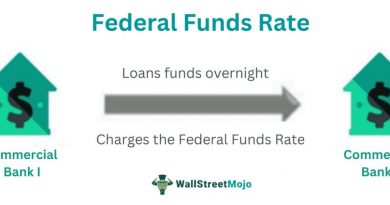Market Segmentation Definition Example Types Benefits

Market Segmentation: Definition, Example, Types, Benefits
Evan Tarver has 6+ years of experience in financial analysis and 5+ years as an author, editor, and copywriter.
What Is Market Segmentation?
Market segmentation is aggregating prospective buyers into groups or segments based on demographics, geography, behavior, or psychographic factors to better understand and market to them.
Key Takeaways
– Market segmentation seeks to identify targeted groups of consumers to tailor products and branding attractively.
– Markets can be segmented geographically, demographically, or behaviorally.
– Market segmentation helps companies minimize risk and determine the best ways to market and deliver products.
– With risk minimized and clarity about marketing and delivery heightened, a company can focus resources on efforts likely to be profitable.
– Market segmentation can increase a company’s reach and help discover previously overlooked products or services.
Understanding Market Segmentation
Companies can use three criteria to identify different market segments:
1. Homogeneity or common needs within a segment
2. Distinction or being unique from other groups
3. Reaction or a similar response to the market
For example, an athletic footwear company might have market segments for basketball players and long-distance runners. These distinct groups respond to different advertisements, enabling the company to market its branding appropriately.
Market segmentation is an extension of market research that tailors products and branding. The objective is to minimize risk, determine the best way to deliver products, and increase overall efficiency by focusing limited resources on efforts that produce the best return on investment (ROI).
Types of Market Segmentation
There are five common types of market segmentation:
1. Demographic Segmentation: Breaking the market down by age, income, gender, race, education, or occupation.
2. Firmographic Segmentation: Analyzing organizations based on the number of employees, customers, offices, or annual revenue.
3. Geographic Segmentation: Grouping customers by physical location to address their specific needs.
4. Behavioral Segmentation: Grouping consumers based on past interactions, spending habits, and decision-making patterns.
5. Psychographic Segmentation: Classifying consumers based on their lifestyle, personality, opinions, and interests.
Other examples of segmentation include volume, use-related, or other customer traits.
How to Determine Your Market Segment
To determine market segments, companies should ask themselves the following questions:
Phase I: Setting Expectations/Objectives
– What is the purpose or goal of performing market segmentation?
– What does the company hope to find out?
– Does the company have any expectations about existing market segments?
Phase 2: Identify Customer Segments
– What segments are the company’s competitors selling to?
– What publicly available information is relevant and accessible?
– What data should the company collect and how?
– Which of the five types of market segments does the company want to segment by?
Phase 3: Evaluate Potential Segments
– What risks are there that the data is not representative of the true market segments?
– Why should the company cater to one customer type over another?
– What are the long-term repercussions of choosing one market segment?
– What is the company’s ideal customer profile, and which segments best overlap with it?
Phase 4: Develop Segment Strategy
– How can the company test its assumptions on a sample test market?
– What defines a successful marketing segment strategy?
– How can the company measure whether the strategy is working?
Phase 5: Launch and Monitor
– Who are key stakeholders that can provide feedback after the market segmentation strategy has been unveiled?
– What barriers to execution exist, and how can they be overcome?
– How should the launch of the marketing campaign be communicated internally?
Benefits of Market Segmentation
Market segmentation provides several benefits, including:
– Increased resource efficiency by focusing limited resources on certain demographics or customers.
– Stronger brand image through intentional messaging targeted at specific audiences.
– Greater potential for brand loyalty and building long-term relationships with customers.
– Stronger market differentiation and effective communication of a company’s unique value proposition.
– Better targeted digital advertising strategies.
Market segmentation strategies have also been used outside of business, such as in health initiatives like promoting COVID-19 vaccination.
Limitations of Market Segmentation
Market segmentation has some potential downsides:
– Higher upfront marketing expenses to gain insights and research customer base.
– Increased product line complexity if too many segments create confusion.
– Greater risk of misassumptions by grouping populations with common traits.
– Higher reliance on reliable data for accurate segmentation.
Examples of Market Segmentation
Market segmentation is evident in everyday products, marketing, and advertising:
– Auto manufacturers target specific market segments with products and advertising campaigns.
– Cereal producers market to different segments, promoting different brands and tying products to popular themes.
– Sports-shoe manufacturers define segments like elite athletes, gym-goers, and fashion-conscious individuals.
What Is Market Segmentation?
Market segmentation is a marketing strategy that presents products or product lines to select groups of consumers based on their interests.
Why Is Market Segmentation Important?
Market segmentation is important because it makes a company’s marketing more strategic and refined, catering to specific target audiences and increasing efficiency.
What Are the Types of Market Segmentation?
Types of segmentation include homogeneity, distinction, and reaction.
What Are Some Market Segmentation Strategies?
Strategies include targeting by location, demographics, social class, lifestyle, or behavior.
What Is an Example of Market Segmentation?
Crypto.com targeted younger, more risk-accepting individuals by promoting their platform and cryptocurrency investing, using Matt Damon to appeal to their interests.
The Bottom Line
Market segmentation breaks potential customers into different sections, allowing companies to allocate appropriate resources to each segment and increase marketing effectiveness.



